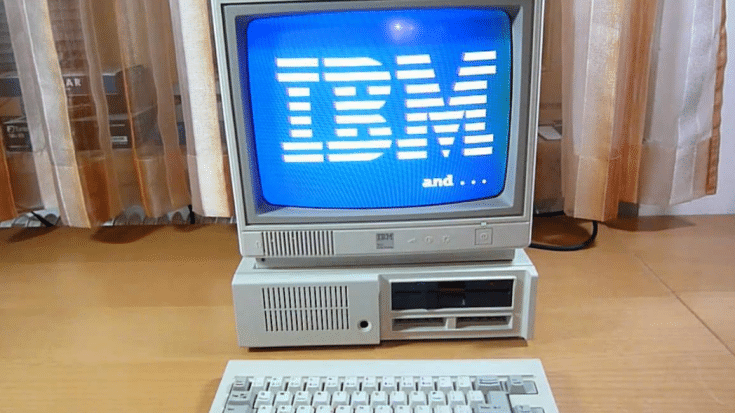The Top 7 ’90s Tech Items That Were Huge Disappointments

via alker33 / YouTube
The ’90s brought us a surge of technological innovations, many of which promised to revolutionize how we interacted with the digital world. However, not all tech gadgets lived up to the hype, leaving consumers with a bitter taste of disappointment. Here we delve into seven such tech items from the 1990s that missed the mark.
Phillips CD-i
View this post on Instagram
It entered the market with the admirable intention of leading the charge in interactive entertainment. Users expected a powerhouse that would not only play games but also serve as an educational and multimedia tool. However, it soon became apparent that the Phillips CD-i couldn’t stand up to its competitors. When stacked against the burgeoning gaming consoles of the time, it lacked the game titles needed to excite a loyal following. Pricey and underperforming, it eventually faded into obscurity as just another forgotten device that couldn’t live up to its potential.
WebTV
View this post on Instagram
This device sought to transform the television into a gateway to the internet, anticipating the seamless integration of web browsing and traditional TV watching. The concept was innovative for its time; however, the execution was not. With its sluggish performance and painfully restricted web navigation, WebTV couldn’t deliver the immersive experience users were seeking. It was an early attempt to merge two worlds that weren’t ready to be combined, ultimately making it a product ahead of its time, but behind in user satisfaction.
Sony Glasstron
View this post on Instagram
The vision was to take personal entertainment into the realm of science fiction with a headset that offered a private viewing experience. In reality, though, the Sony Glasstron was a luxury few could afford, and for those who could, it often didn’t justify the expense. The device didn’t offer enough practical applications to entice average consumers, resulting in a niche product that faded away as quickly as it appeared, a testament to the fact that the most advanced technology isn’t always the most necessary.
3DO Interactive Multiplayer
View this post on Instagram
It was touted as the next big thing in gaming—powerful, versatile, and futuristic. But the 3DO’s high cost was a major barrier for gamers, who found other consoles more accessible and just as fun. Its library of games, although unique, didn’t capture audiences as well as those of its rivals. The console’s price and lack of compelling titles led to disappointing sales, and it ultimately joined the ranks of forgotten gaming systems.
Apple Newton
View this post on Instagram
As a pioneer among PDAs, the Newton was designed to be a portable digital assistant for the masses, with features such as handwriting recognition. Unfortunately, this feature turned out to be one of its biggest shortcomings. Users encountered frustration as the Newton often misunderstood their writing. Coupled with a significant price tag, these issues ensured that the device never achieved mainstream adoption, although it did lay the groundwork for future generations of handheld devices.
Sega Game Gear
View this post on Instagram
With a color screen and a broad game library, the Sega Game Gear seemed destined to dominate over its monochromatic rivals. Nonetheless, its voracious consumption of batteries made it impractical for prolonged use, a critical flaw for any portable device. Players were left tethered to power outlets or investing heavily in batteries, both undesirable options that took away from the enjoyment of gaming on the go.
IBM PCjr
View this post on Instagram
Tailored to capture the home market, IBM had high hopes for the PCjr as an accessible and user-friendly computer. Still, its shortcomings were glaring. Overpriced and underperforming, it could not compete with other home computers that offered more power and better value. The result was evident; the PCjr saw poor sales and is remembered as one of IBM’s rare blunders, an attempt at consumer-friendliness that missed the mark and proved to be a misstep within an otherwise illustrious legacy in computing.



















